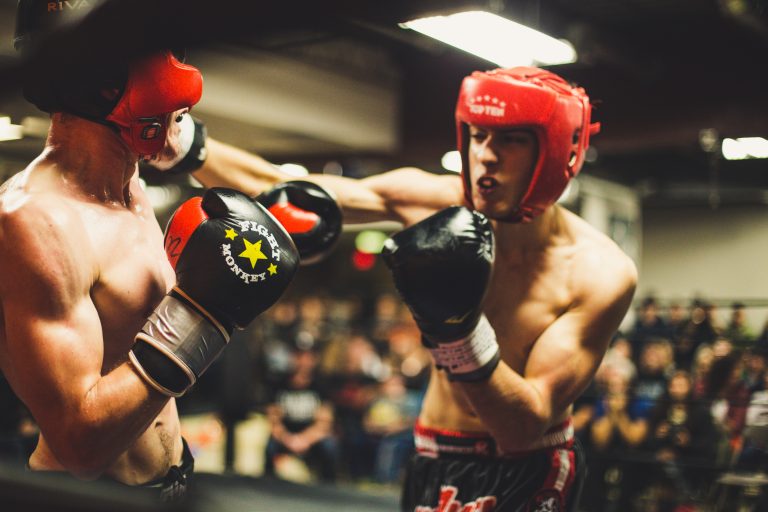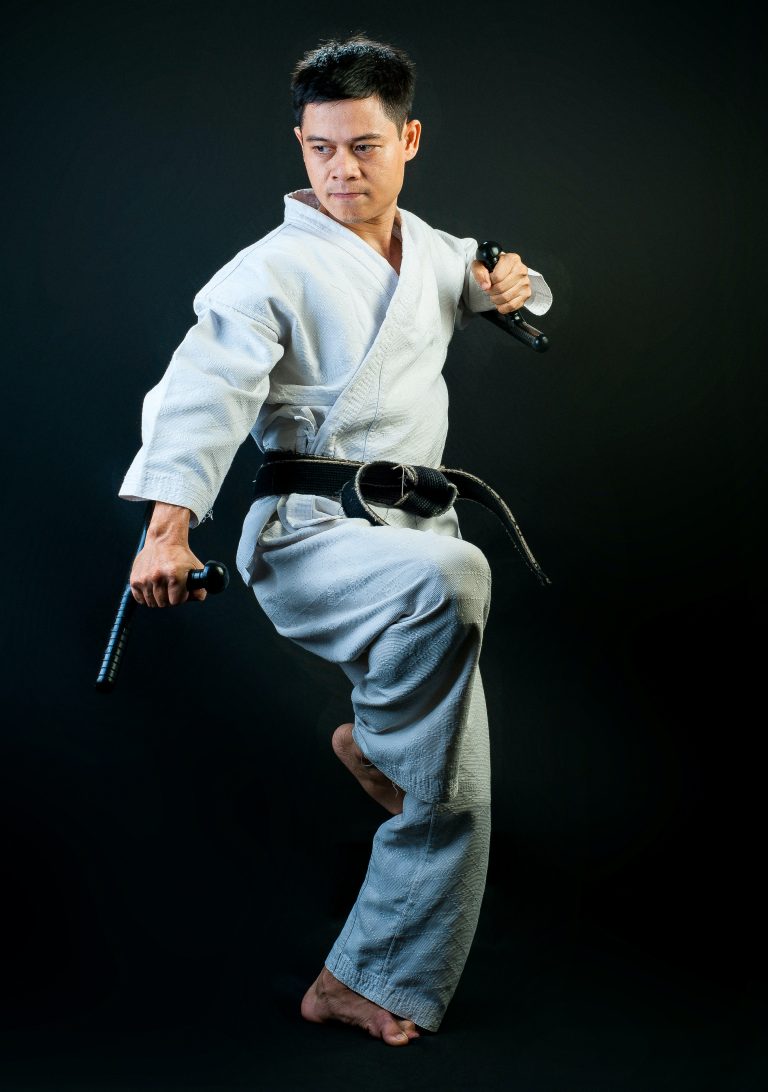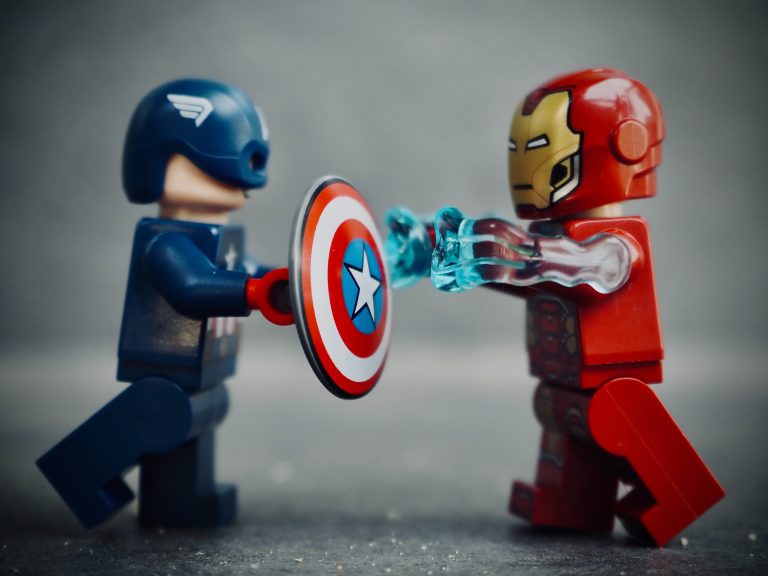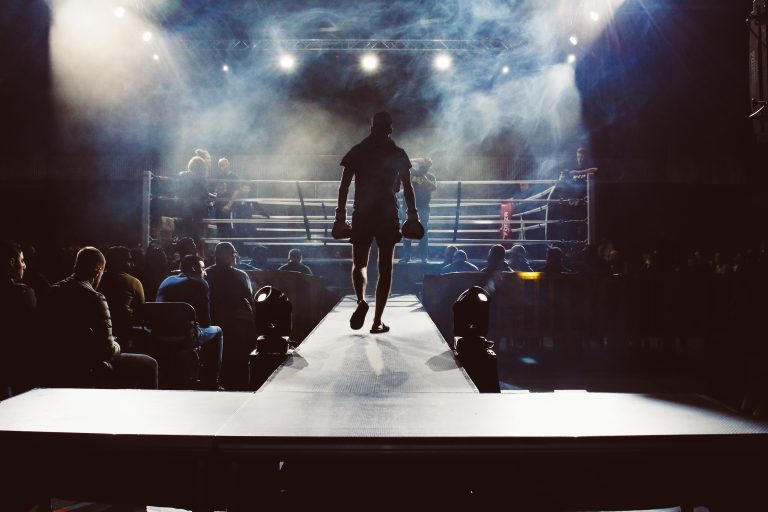What Is Kata and What is Its Role in Karate?
Karate is an ancient martial art that originated in Okinawa, Japan. It has been around for hundreds of years and is still practiced today by millions of people across the world. While there are many aspects to this martial art, one of its core principles is the practice of kata.
Kata is a specific form of practice that involves memorizing and executing predetermined movements and techniques. While the specific movements may differ from style to style, the overall purpose and structure remain the same.
Kata is a key component of karate, as it is the foundation upon which all other aspects of the martial art are built. As a student progresses through the belt system, kata becomes more and more important. It teaches basic techniques, develops strength and coordination, and sharpens reflexes and reaction time.
In this article, we’ll take a closer look at kata, explain its role in karate, and discuss why it’s so important.
What is Kata?
Kata is a Japanese term that translates to “form” or “shape”. It refers to a set of movements and techniques that have been predetermined by the instructor and memorized by the student. These sets of movements can be likened to a “dance” or “choreography” that the student must perform.
Kata can consist of punches, kicks, blocks, strikes, and joint locks as well as stances or stances maintained for a certain amount of time. Kata differ from style to style and each instructor may tailor the sets slightly to their own preferences.
In traditional karate, kata are usually performed solo and in an uninterrupted fashion. The student completes the set precisely in the same manner as it was taught (which is referred to as “bunkai”).
What is Kata’s Role in Karate?
Kata plays multiple roles in karate. First and foremost, it is the foundation upon which all other aspects are built. It forms the basis of technique and provides the starting point for learning other principles such as Kyusho (pressure point) or Tuite (joint manipulation).
Kata also plays an important role in teaching the student discipline and focus. It requires precise timing and memorization, both of which help to develop the student’s concentration skills. It also allows them to practice their technique in a safe environment where they can focus on perfecting each movement without the risk of injury.
Finally, kata plays an important role in physical fitness. It allows the student to develop strength, coordination, and agility while also improving balance and reflexes. As such, it can be a great form of exercise for those looking to develop a strong and healthy body.
Why is Kata So Important?
Kata is an integral part of karate and is often used as a measure of proficiency by instructors. As previously mentioned, it serves as the foundation upon which other techniques are built. In addition, kata helps to develop discipline, focus, coordination, agility, balance, and reflexes.
Kata can also be fun and allows the student to express their own style through the practice of it. The various movements can become a creative outlet for those who wish to use it as such. It may also provide an opportunity for creativity when combining different techniques into new combinations.
Finally, kata can be used as a sort of “mental game.” The practitioner has to focus on executing a sequence correctly while at the same time maintaining balance and control over their movement. This type of internal focus helps develop mental discipline that can be used in other aspects of life such as work or school.
Final Thoughts on Kata and Its Role in Karate
Kata is an integral part of karate and its role should not be overlooked or underestimated. It provides a foundation upon which other techniques are built as well as an opportunity to develop physical and mental discipline.
In addition, it can be an enjoyable activity as well providing an opportunity for creativity and expression through various movements or combinations.
Overall, kata is an important part of karate and one that should not be overlooked if practicing the martial art in its fullest form.
What Is Kata and What is Its Role in Karate?
Karate is a martial art that is known for its powerful strikes, punches and kicks. However, there’s more to Karate than just the physical aspect of it. Kata is one such aspect of Karate which is an important part of its training. In this blog post, we’ll address some of the most frequently asked questions about Kata and its role in Karate.
What Is Kata?
Kata is a Japanese word that means „form“. In Karate, kata is a sequence of movements that are performed in a specific order. Each kata has a unique series of movements that are designed to simulate a fight against one or more imaginary opponents.
There are different forms of Kata in Karate, each with its own set of movements, techniques and principles. The most commonly practiced kata in Karate are the Heian or Pinan katas, which are basic kata that are learned by beginners. As you advance, you learn more complex kata like Bassai Dai, Kanku Dai, and Gojushiho Dai, among others.
What Is the Purpose of Kata?
Kata serves multiple purposes in Karate. The first and foremost purpose is to provide the Karate practitioner with a means to practice and refine their techniques. Performing kata helps to develop muscle memory, improve balance, coordination, and timing.
Kata also serves as a way to illustrate the principles and concepts of Karate such as proper posture, breathing, and focus. Additionally, performing kata allows the karateka (Karate practitioner) to simulate a combat situation without external inputs, which provides an opportunity to practice both offensive and defensive techniques.
Is Kata Only a Solo Practice?
While it may seem that Kata is only a solo practice, it can also be performed with partners. Partner kata (Kumite Kata) is a way for practitioners to practice their techniques in a controlled environment. In partner kata, two Karate practitioners perform a sequence of movements together, acting as partner and attacker. The movements are executed at full speed and power, but without physical contact.
Partner kata enables the Karate practitioner to practice techniques against an opponent in a semi-realistic setting, while still maintaining a high degree of control and safety.
Is There a Correct Way to Perform Kata?
Yes, there is a correct way to perform Kata. Each kata has a specific sequence of movements that must be followed, and each movement must be executed with proper technique, speed, power, and accuracy.
Additionally, each movement in Kata has a specific purpose, and the practitioner must understand what that purpose is in order to perform the kata correctly. Following the correct technique, timing and breathing are also critical.
To achieve the desired result, the practitioner must practice kata on a regular basis and under the guidance of a qualified instructor to ensure that proper form and technique are maintained.
What Are the Benefits of Practicing Kata?
Practicing Kata provides a number of benefits, both physical and mental. Physically, Kata helps to develop cardiovascular fitness, flexibility, coordination, balance, and strength. Mentally, Kata helps to develop focus, concentration, mindfulness, and stress management.
The repetition of movements in Kata helps to develop muscle memory, which can be very useful in actual self-defense situations. Moreover, since Kata can be practiced alone, it provides a means for practitioners to train independently and improve their skills outside of the dojo.
Conclusion
In conclusion, Kata is an integral part of Karate practice, serving multiple purposes in training. It enables the Karate practitioner to practice and refine their techniques, as well as to learn and demonstrate the principles and concepts of Karate.
Practicing Kata regularly can help to develop both physical and mental fitness, and the skills learned through Kata can be applied in real-life self-defense situations. However, it is important to practice Kata under proper supervision and guidance to ensure that proper technique, form, and accuracy are maintained.
Inhaltsverzeichnis





